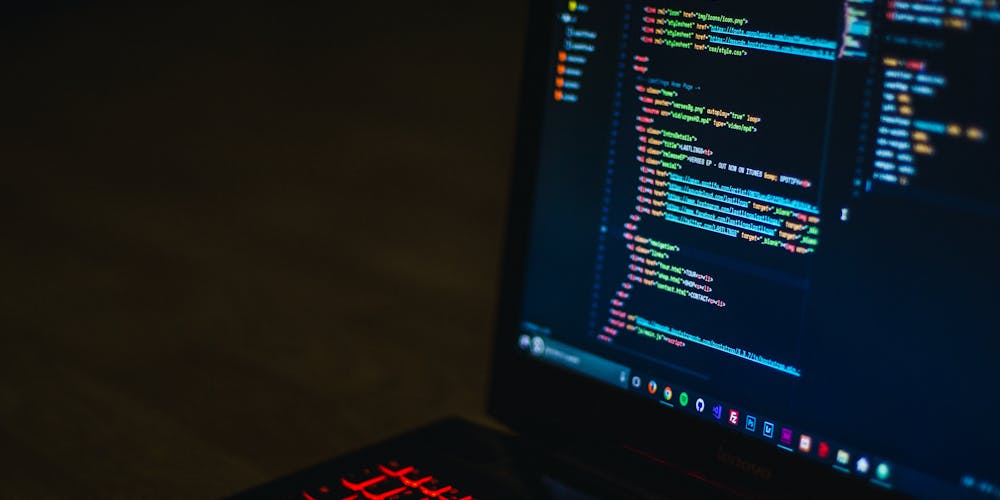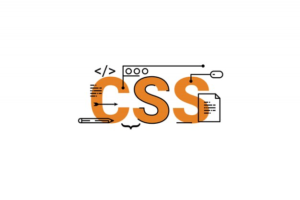
Mastering CSS Interview Questions: A Comprehensive Guide
Alt: People having a job interview
Aspiring web developers, designers, or even experienced professionals often face CSS-related challenges during job interviews. The ability to navigate through CSS intricacies and demonstrate a solid understanding of its concepts is crucial for success in these interviews. This article delves into CSS interview questions and answers, unlocking the secrets to help you ace your next CSS-focused interview.
Basic-level CSS Interview Questions
Fundamental Concepts
When preparing for a CSS interview, it’s essential to have a strong grasp of the fundamental concepts. Here are some basic-level CSS interview questions and their answers:
- What is CSS?
CSS stands for Cascading Style Sheets. It is a style sheet language used to describe the look and formatting of a document written in HTML or XML.
- How do you include CSS in a webpage?
CSS can be included in a webpage by using the <link> element in the HTML <head>section or by using the style attribute directly within HTML elements.
- Differentiate between inline, internal, and external CSS.
Inline CSS is applied directly within HTML elements using the style attribute. Internal CSS is defined within the <style> tags in the HTML <head> section. External CSS is stored in separate CSS files and linked to the HTML document using the <link> element.
Understanding these fundamental concepts sets the stage for more in-depth discussions during the interview process.
Box Model and Selectors
- Explain the box model in CSS.
The box model in CSS describes the design and layout of elements in a web page. It consists of content, padding, border, and margin.
- What are the different types of CSS selectors?
CSS selectors are patterns used to select the element(s) you want to style. They include element selectors, class selectors, ID selectors, universal selectors, attribute selectors, and pseudo-classes.
- Describe the difference between padding and margin.
Padding is the space between the content and the border of an element, while margin is the space outside the border of an element.
Understanding the box model and various selectors is crucial for creating well-structured and visually appealing web pages.
Basic-level CSS Interview Questions Summary
| Question | Answer |
|---|---|
| What is CSS? | CSS stands for Cascading Style Sheets. It is a style sheet language used to describe the look and formatting of a document written in HTML or XML. |
| How do you include CSS in a webpage? | CSS can be included in a webpage by using the <link> element in the HTML <head> section or by using the style attribute directly within HTML elements. |
| Differentiate between inline, internal, and external CSS. | Inline CSS is applied directly within HTML elements using the style attribute. Internal CSS is defined within the <style> tags in the HTML <head> section. External CSS is stored in separate CSS files and linked to the HTML document using the <link> element. |
Intermediate-level CSS Interview Questions
Layout and Positioning
Mastering intermediate-level CSS concepts is vital for demonstrating a deeper understanding of web development. Here are some intermediate-level CSS interview questions and their answers:
- Explain the concept of float in CSS.
The float property in CSS is used to specify how an element should float.
- What is the difference between position: relative, position: absolute, and position: fixed?
position: relative positions an element relative to its normal position. position: absolute positions an element relative to its first positioned (not static) ancestor element. position: fixed positions an element relative to the browser window.
- How do you create a responsive layout in CSS?
Creating a responsive layout involves using media queries, flexible grid layouts, and relative units such as percentages and viewport units.
Understanding layout and positioning is crucial for creating visually appealing and user-friendly web interfaces.
Alt: A man conducts an interview and writes something down on paper.
Flexbox and Grid Systems
- Explain the purpose of flexbox in CSS.
Flexbox is a layout model in CSS that allows for the arrangement of elements in a container, aligning and distributing space among items in a way that is efficient and predictable.
- What are the advantages of using CSS grid systems?
CSS grid systems provide a two-dimensional layout system for the web, offering precise control over the alignment and distribution of elements within a container.
- Differentiate between justify-content and align-items in flexbox.
justify-content aligns items along the main axis, while align-items aligns items along the cross axis in a flex container.
Intermediate-level CSS Interview Questions Summary
| Question | Answer |
|---|---|
| Explain the concept of float in CSS. | The float property in CSS is used to specify how an element should float. |
| What is the difference between position: relative, position: absolute, and position: fixed? | position: relative positions an element relative to its normal position. position: absolute positions an element relative to its first positioned (not static) ancestor element. position: fixedpositions an element relative to the browser window. |
| How do you create a responsive layout in CSS? | Creating a responsive layout involves using media queries, flexible grid layouts, and relative units such as percentages and viewport units. |
| Explain the purpose of flexbox in CSS. | Flexbox is a layout model in CSS that allows for the arrangement of elements in a container, aligning and distributing space among items in a way that is efficient and predictable. |
| What are the advantages of using CSS grid systems? | CSS grid systems provide a two-dimensional layout system for the web, offering precise control over the alignment and distribution of elements within a container. |
| Differentiate between justify-content and align-items in flexbox. | justify-content aligns items along the main axis, while align-items aligns items along the cross axis in a flex container. |
Advanced-level CSS Interview Questions
Performance Optimization
At the advanced level, CSS interview questions often focus on performance optimization and best practices. Here are some advanced-level CSS interview questions and their answers:
- Explain the concept of CSS specificity.
CSS specificity determines which CSS rule is applied by the browser when multiple rules target the same element.
- How can you optimize CSS performance on a website?
Optimizing CSS performance involves minimizing the use of !important, reducing redundancy, leveraging shorthand properties, and utilizing efficient CSS selectors.
- What are the potential issues with using inline styles?
Using inline styles can lead to reduced maintainability, decreased reusability, and difficulty in managing styles across multiple pages.
Understanding performance optimization and best practices is essential for delivering high-quality, efficient web experiences.
Preprocessors and Postprocessors
- What are CSS preprocessors, and why are they used?
CSS preprocessors are scripting languages that extend the default capabilities of CSS. They are used to simplify and streamline the process of writing CSS.
- Explain the purpose of postprocessors in CSS.
Postprocessors in CSS are tools that automate tasks such as vendor prefixing, minification, and optimizing code, enhancing the efficiency of the CSS workflow.
- Differentiate between Sass and LESS.
Sass and LESS are both popular CSS preprocessors, offering features such as variables, nesting, and mixins. However, they differ in syntax and functionality.
Advanced-level CSS Interview Questions Summary
| Question | Answer |
|---|---|
| Explain the concept of CSS specificity. | CSS specificity determines which CSS rule is applied by the browser when multiple rules target the same element. |
| How can you optimize CSS performance on a website? | Optimizing CSS performance involves minimizing the use of !important, reducing redundancy, leveraging shorthand properties, and utilizing efficient CSS selectors. |
| What are the potential issues with using inline styles? | Using inline styles can lead to reduced maintainability, decreased reusability, and difficulty in managing styles across multiple pages. |
| What are CSS preprocessors, and why are they used? | CSS preprocessors are scripting languages that extend the default capabilities of CSS. They are used to simplify and streamline the process of writing CSS. |
| Explain the purpose of postprocessors in CSS. | Postprocessors in CSS are tools that automate tasks such as vendor prefixing, minification, and optimizing code, enhancing the efficiency of the CSS workflow. |
| Differentiate between Sass and LESS. | Sass and LESS are both popular CSS preprocessors, offering features such as variables, nesting, and mixins. However, they differ in syntax and functionality. |
Conclusion
In conclusion, mastering CSS interview questions requires a deep understanding of fundamental concepts, intermediate-level skills, and advanced techniques. By familiarizing yourself with these questions and answers, you’ll be better equipped to showcase your expertise and excel in CSS-focused job interviews. Whether you’re just starting your career in web development or seeking to advance to higher positions, honing your CSS knowledge will undoubtedly set you apart in the competitive tech industry.

